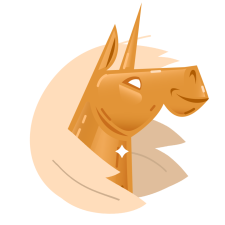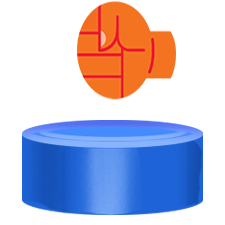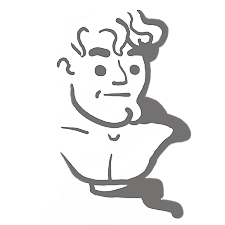安装 Steam
登录
|
语言
繁體中文(繁体中文)
日本語(日语)
한국어(韩语)
ไทย(泰语)
български(保加利亚语)
Čeština(捷克语)
Dansk(丹麦语)
Deutsch(德语)
English(英语)
Español-España(西班牙语 - 西班牙)
Español - Latinoamérica(西班牙语 - 拉丁美洲)
Ελληνικά(希腊语)
Français(法语)
Italiano(意大利语)
Bahasa Indonesia(印度尼西亚语)
Magyar(匈牙利语)
Nederlands(荷兰语)
Norsk(挪威语)
Polski(波兰语)
Português(葡萄牙语 - 葡萄牙)
Português-Brasil(葡萄牙语 - 巴西)
Română(罗马尼亚语)
Русский(俄语)
Suomi(芬兰语)
Svenska(瑞典语)
Türkçe(土耳其语)
Tiếng Việt(越南语)
Українська(乌克兰语)
报告翻译问题


















































out of me , just took them several years to get to it, sorry
Do you have enough materials?
Do your people have time to bring them?
Hint: Dry Skin, Raw Skin and Leather look really similar in the panel.
If you use VisualStudioCode or similar editors (check for code editors with syntax highlighting) you may also benefit from useful auto-completions.
<tree_override_prototype>
<id value="Cherry"/>
<density value="10" />
</tree_override_prototype>
--> add a few lines
<tree_override_prototype>
<id value="Cherry"/>
<density value="10" />
<min_altitude value="-0.3" />
<max_altitude value="80"/>
<min_angle value="-45" />
<max_angle value="90"/>
</tree_override_prototype>
min_ and max_ altitute defines at what height they spawn. If you set min below 0 don't go to deep, megaliths in lakes (-5) cause errors.
min_ and max_ angle defines how steep the terrain may be (from flat space to steep montain).
My ultimate recommendation is to copy flatlands and make a local copy for yourself with all your tweaks and edits.